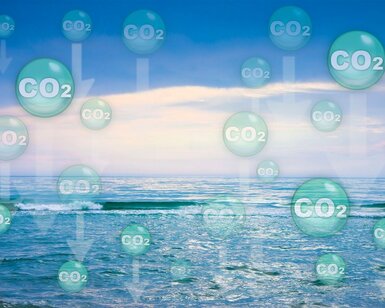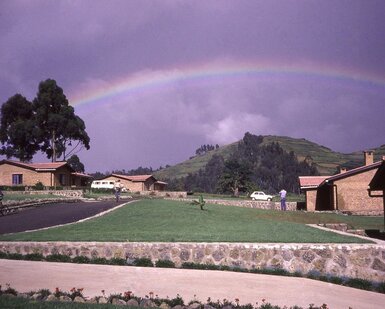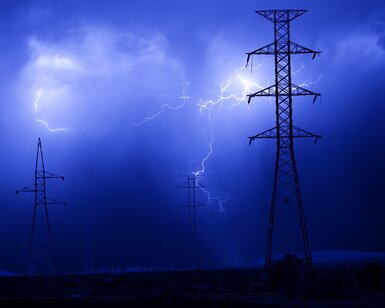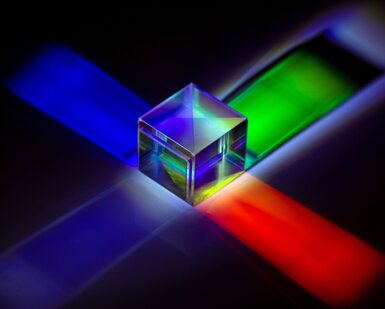Please type a search term (at least two characters)
News
EMPIR radon project delivers a successful session at 2022 ICOS Conference
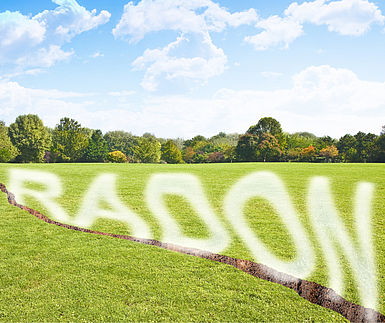
The EMPIR project traceRadon ran a well-attended session at the 2022 ICOS Conference and a project partner was represented at the plenary session
Radon is a radioactive element that is naturally found in trace amounts in the atmosphere and is almost evenly emitted as a gas from ice-free land. It is vital that radon distribution is observed to ensure the threat of radioactive exposure towards the public is minimised. Additionally, the unique characteristics of radon makes it an excellent tracer on quantifying and determining the sources of greenhouse gas emissions, a method know as Radon Tracer Method. The EMPIR project Radon metrology for use in climate change observation and radiation protection at the environmental level (19ENV01, traceRadon) developed traceable methods of quantifying outdoor radon activity concentrations. New radon sources and monitors were developed that can be used as transfer-standards. This made measurements validation with lab-based and field-based intercomparisons possible to ensure measurement traceability.
This allowed the project to develop a standardised protocol for the Radon Tracer Method and create dynamic radon and radon flux maps. These advancements in the radon measurement infrastructure will improve greenhouse gas emission modelling using the Radon Tracer Method and increase the effectiveness of radon radiation protection policies.
ICOS conference – Tracking progress to carbon neutrality
The 2022 ICOS Conference was held as a hybrid event between the 13th and 15th September 2022 in Utrecht, Netherlands and over 420 scientists from all over the world were able to attend to share their expertise with each other. The theme of the conference was "Tracking progress to carbon neutrality” and the conference programme covered a wide range of themes relating to primary scientific research as well as applications for industry and manufacturing.
Dafina Kikaj, from the National Physical Laboratory (NPL) in Teddington, UK, represented traceRadon and gave a plenary talk titled Importance of harmonizing radon datasets for reducing uncertainty in greenhouse gas emission estimates. The presentation introduced the attendees to a later session, where the Radon Tracer Method and its use for greenhouse gas emission monitoring was discussed. The session consisted of several talks and poster presentations, and the traceRadon project partners provided 14 contributions for this session which are listed below.
The project coordinator, Annette Röttger (PTB, Germany), comments on the successful conference session:
“To combat climate change, we need reliable data on greenhouse gas concentrations. But it is even more important to quantify greenhouse gas fluxes as discussed at the ICOS conference. The traceRadon project is making an important contribution to generating quality-assured data in this scientifically challenging field. Our measures to combat climate change are expensive: for broad acceptance in society and politics, we need the certainty that our data are of the highest possible quality. This is only possible with metrology!”
The conference provided further impetus to take up the new possibilities of radon measurement technology worldwide. Dr Claudia Grossi, from the Technical University of Catalunya, Dr. Annette Röttger from PTB (coordinator of the traceRadon project) and Dr. S. Chambers (ANSTO, Australia) were the conveners of the special ICOS session.
Results of these contributions are currently prepared for an open access publication as a special issue in one journal, probably in Atmospheric Measurement Techniques.
List of contributions:
Oral Presentations
- Importance of harmonizing radon datasets for reducing uncertainty in greenhouse gas emission estimates
(Plenary)
(Dafina Kikaj, Edward Chung, Alan D Griffiths, Grant Foster, Chris Rennick, Jessica Connolly, Leigh Fleming, Scott Chambers, Tim Arnold) - Development of a process-based high-resolution radon flux map for Europe: Not a straightforward exercise
(Ute Karstens, Ingeborg Levin, Ida Jandl, Claudia Grossi, Jess Connolly, Dafina Kikaj, Arturo Vargas, Alessandro Rizzo, Marco Capogni, Marta Fuente Lastra, Susana Barbosa, Viacheslav Morosh) - Overview on radon metrology
(Annette Röttger, Katarzyna Wołoszczuk, Claudia Grossi, Arturo Vargas, Stefan Röttger) - Atmospheric Radon Monitor (ARMON): Overview of its applications in Spain and presentation of the new user-friendly monitor
(Roger Curcoll, Claudia Grossi, Juan Pedro Bolivar, Isidoro Gutierrez-Alvarez, Jose Adame, Josep Anton Morguí, Arturo Vargas) - Use of outdoor radon activity concentration and radon flux data for radiation protection applications
(Giorgia Cinelli, Valeria Gruber, Sebastian Baumann, Igor Celikovic, Milos Zivanovic, Gordana Pantelic, Ivana Vukanac, Jelena Krneta Nikolic, Miguel Angel Hernandez-Ceballos) - Using radon-222 to determine 'background' concentrations of trace gases at the Weybourne Atmospheric Observatory, UK
(Leigh Fleming, Grant Forster, Andrew Manning, Penelope Pickers, Matthew Ashfold) - Modelling of radon in application to methane emissions estimation in the UK
(Edward Chung, Dafina Kikaj, Tim Arnold, Alistair Manning, Anita Ganesan, Chris Rennick, Simon O'Doherty, Angelina Wenger, Grant Forster, Daniel Say, Joseph Pitt)
Poster Presentations
- The use of continuous gamma-spectrometry monitoring to assess soil water content
(Arturo Vargas, María Rodríguez, Jess Connolly, Roger Curcoll, Claudia Grossi, Viacheslav Morosh, Alessandro Rizzo, Annette Röttger) - Continuous radon flux measurements: How reliable are they?
(Claudia Grossi, Sylvester Werczynski, Daniel Rabago, Luis Quindos, Viacheslav Morosh, Stefan Röttger, Annette Röttger, Alessandro Rizzo, Marco Capogni, Marta Fuente-Lastra, Camille Yver, Arturo Vargas) - Measurement of the radon activity concentration at the environmental level: Calibration from lab to field
(Stefan Röttger, Arturo Vargas, Roger Curcoll, Claudia Grossi, Scott Chambers, Annette Röttger, Florian Mertes, Monika Mazánová, Petr Otáhal) - Assessment of radon fluxes at the Hyytiälä site from campaign and model data
(Susana Barbosa, Ute Karstens, Xuemeng Chen, Claudia Grossi, Scott Chambers) - Applications of radon as tracer for atmospheric processes and greenhouse gas flux estimations: strengths and weaknesses
(Camille Yver-Kwok, Marta Fuente, Claudia Grossi, Roger Curcoll, Ute Karstens, Scott Chambers, Tim Arnold, Dafina Kikaj, Edward Chung, Viacheslav Morosh, Stefan Röttger, Annette Röttger, Thomas Lauvaux) - Spanish map of radium 226 as precursor of exhalation of radon gas from soils
(Daniel Rábago, Luis Quindos, Ismael Fuente, Santiago Celaya, Alicia Fernandez, Carlos Sainz) - Intercomparison of atmospheric radon monitors at Saclay (France) and Braunschweig (Germany) sites
(Marta Fuente, Roger Curcoll, Camille Yver-Kwok, Maksym Gachkivskyi, Scott Chambers, Ingeborg Levin, Ileana Radulescu, Arturo Vargas, Stefan Röttger, Annette Röttger, Viacheslav Morosh, Claudia Grossi)
This EMPIR project is co-funded by the European Union's Horizon 2020 research and innovation programme and the EMPIR Participating States.
Want to hear more about EURAMET?
Carbon dioxide, released from man-made activities, is lowering the pH of the Earth’s oceans, and impacting the health of marine organisms worldwide more
Supporting automated and reconfigurable manufacturing systems more
Working with external project Cool White to test and suggest improvements on the locally available white paints more
The project FutureEnergy has provided new calibration services for ultra-high voltages and a good practice guide on Lightning Impulse dividers more
For many of the 5000 photonics companies in Europe a precise knowledge of a material’s optical properties is vital for industrial competitiveness more

